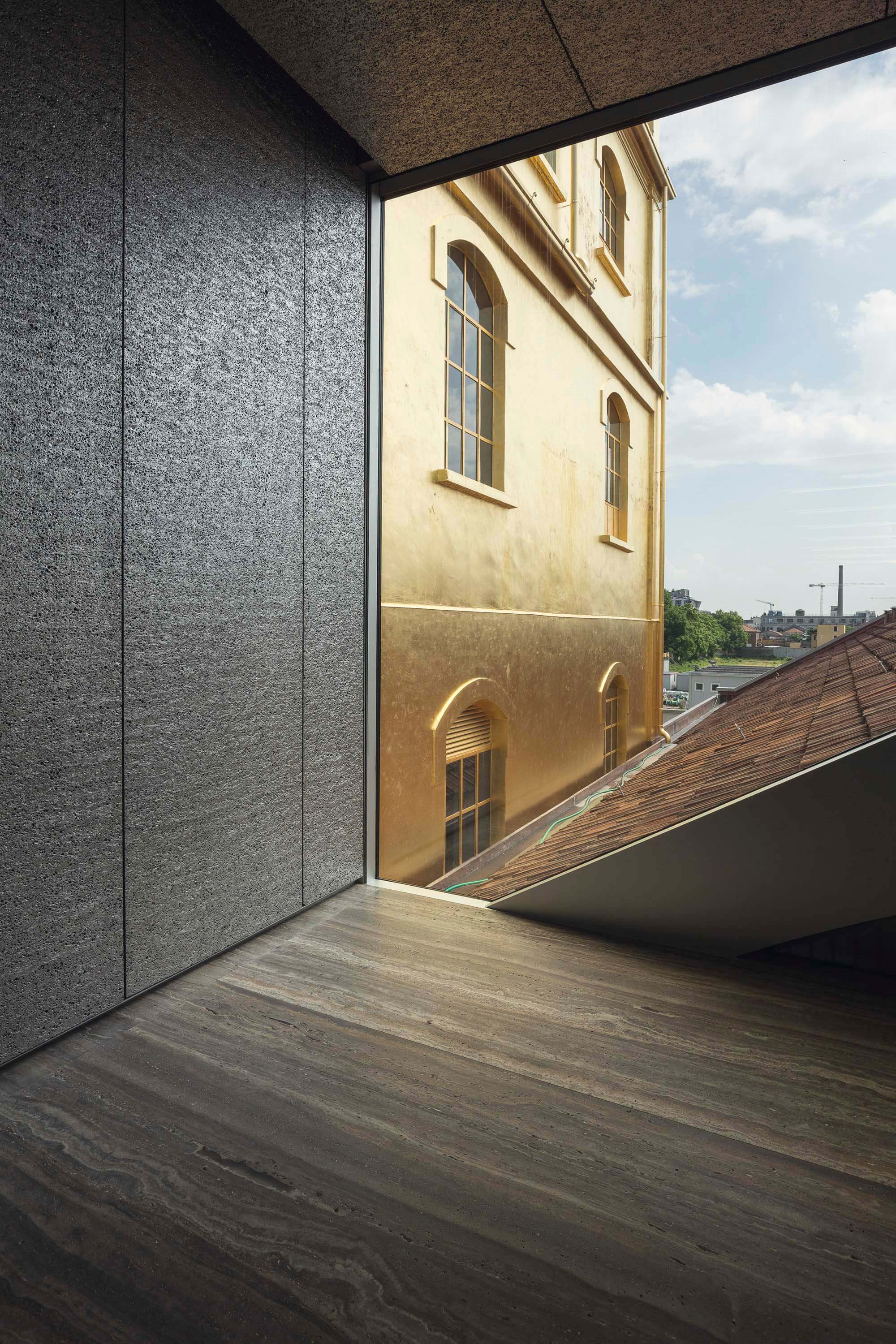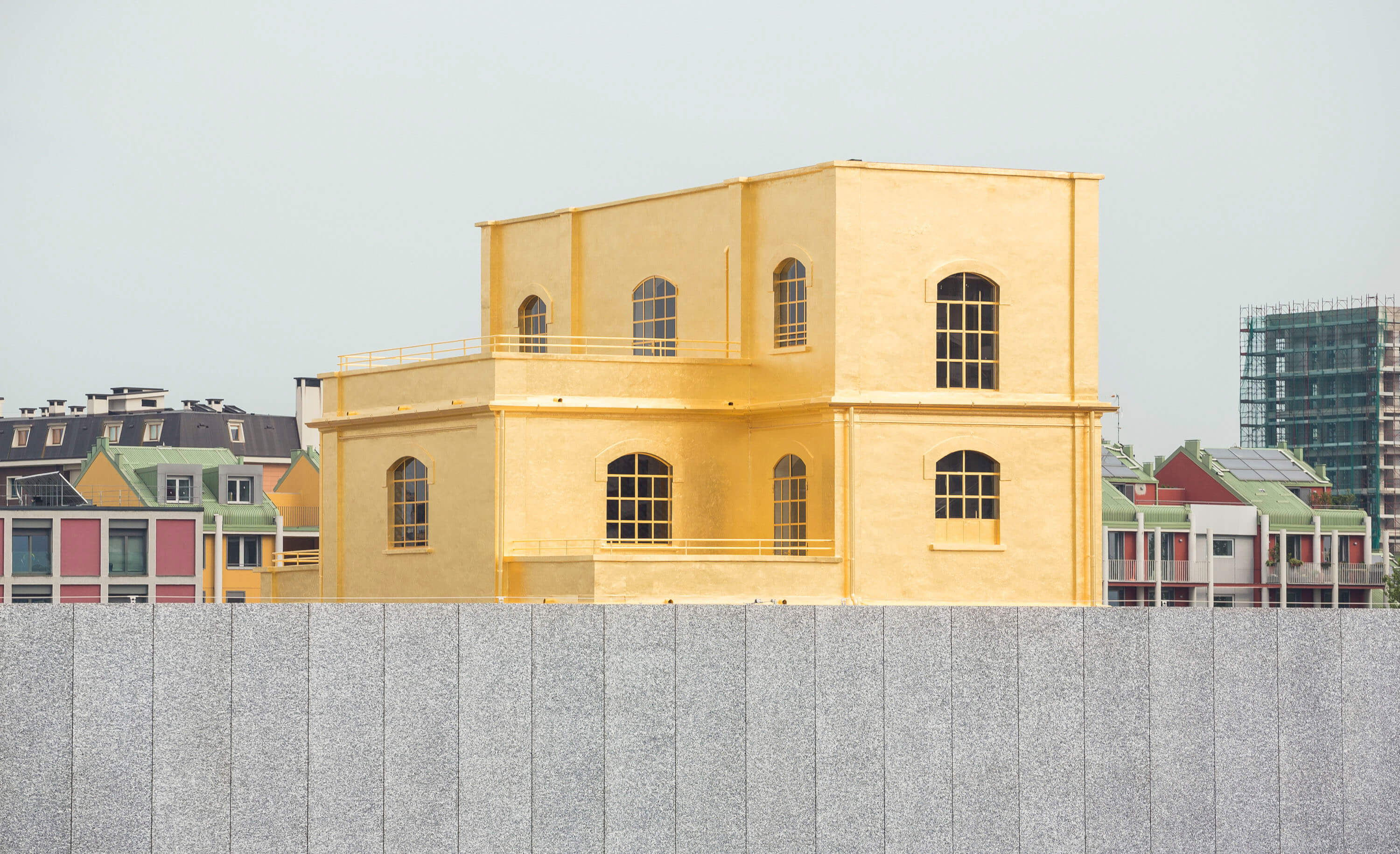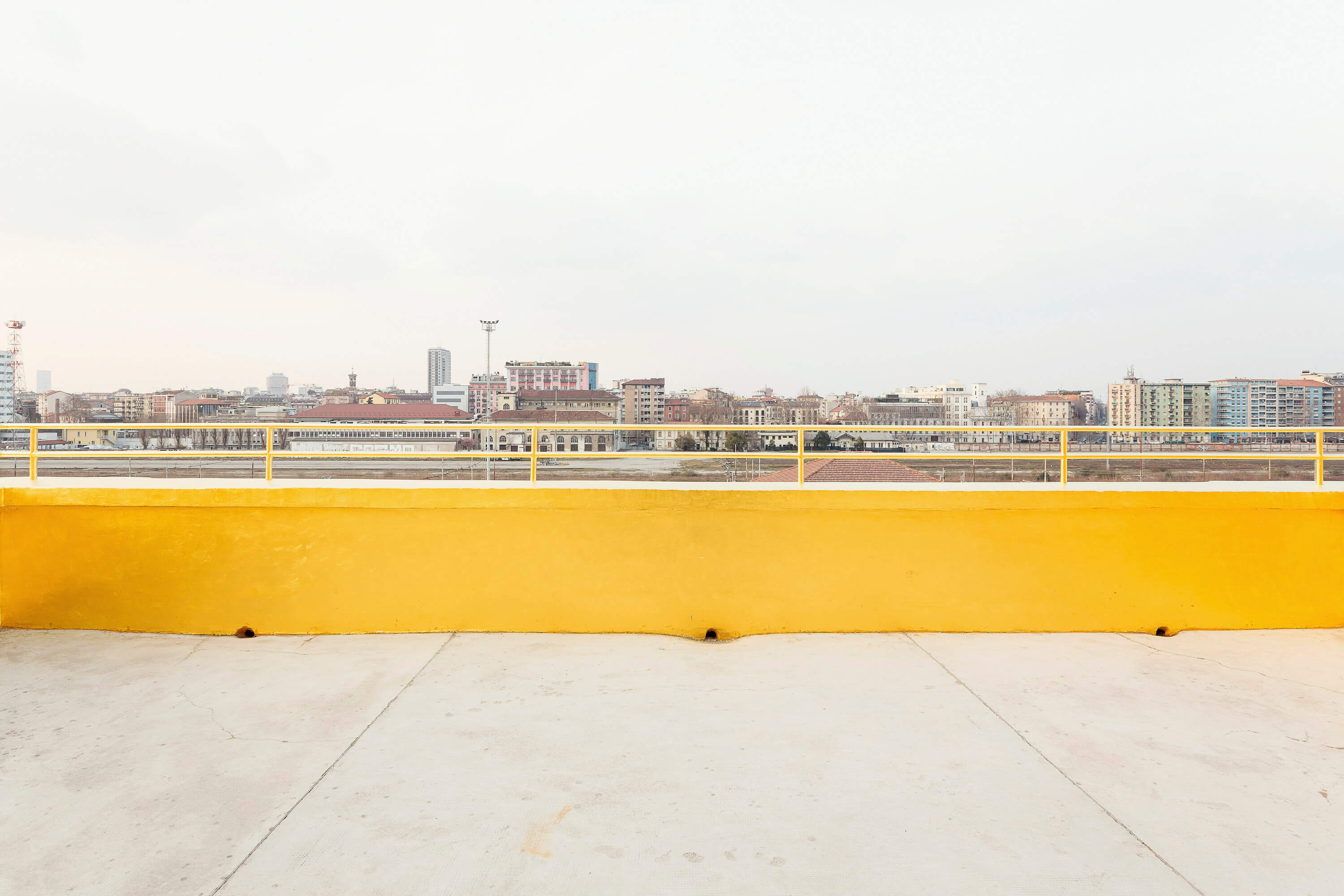
Fondazione Prada and Latest-generation Milan
“[…] like barbarians outside the walls, the shapeless, leftover, untidy peripheries, abandoned industrial areas, and unplanned zones insist on taking part in the cultural banquet. It is politics’ task to give it a meaning, while it is the task of next millennium architecture to design its appearance”. This is how, in one of his articles in the Il Sole 24 ORE cultural magazine, professor Fulvio Irace described the big transformations underway in contemporary city suburbs.
In Milan, like in many other cities in the world, we are still seeing the phenomenon of the regeneration of decaying industrial areas. In the south of the city, at the Porta Romana railway station, a couple of kilometres as the crow flies from the cathedral, the presence of the now abandoned railway track has made such a deep split in the urban fabric that, as soon as you cross the bridge, you get the feeling you’re going into a different town, a timeless, silent place where long concrete walls flank semi-deserted streets, bright signs are replaced by lush creeping ivy, and large iron gates still close off the tracks. In this place, the chaotic atmosphere of the centre seems to have been substituted by a grim 1960s Pasolini film set.
But what would happen if all of a sudden you discovered that, outside the walls, something totally unexpected was awaiting you, something shaking up the values that regulate the lives within them? Are we still prepared to accept different realities or is the contemporary city only held up by certainties consolidated by time and custom? In fact, by rights this area on the outskirts of the town centre should deserve a place on a tourist map of Milan. Singled out as the place where you can admire the last remaining part of real Milan, it’s a picture postcard of part of the city where the principles that generated it have remained unaltered: the big production plants built here thanks to the railway station.

An ambiguous situation very similar to what happened in Berlin, where the Wall meant that the depressed GDR economy preserved the eastern part of city in the same condition as at the end of the war. A negative precondition whose removal was explosive: while one side of the city was handed back in its most authentic form, on the other side of the wall, in the West, they were making haste to rebuild quickly and in grandiose style.
Here in Milan, hordes of “cult” tourists should pass through here, to get a different point of view of a hidden and unusual city, while reflecting on what the future holds in store for this area (like in the former trade fair district or the Tortona neighbourhood). Will it be somehow possible to trade in a dizzying increase in prices per square metre or the appearance of multiscreen cinemas and multipurpose buildings with a deeper reflection that can give rise to the application of equally as loaded, but new concepts such as authenticity, nostalgia, ambiguity and “anti-ism”? On the notion of authenticity and nostalgia, in The Future of Nostalgia Svetlana Boym stated, “At first glance, nostalgia is a longing for a place, but actually it is a yearning for a different time – the time of our childhood, the slower rhythms of our dreams. In a broader sense, nostalgia is rebellion against the modern idea of time, the time of history and progress”.
Attention to the concept of nostalgia can have devastating consequences on a city: growing resistance to accepting changes and modernization in historical contexts as inevitable evolution; philological restoration focused on literally rebuilding the past; primitive regulations that force new projects to look like the old, generating a blurred mix of past and present “authenticity”.
The authenticity of this district lies in the acceptance that the industrial past of these desolated enclosures and depots has handed down to us an untouched, traffic-free, human-scale area, whose abandoned, large and “generic” buildings can be transformed to spawn new plans.
Within one of these areas, the industrial space has been transformed into a museum of contemporary art, Fondazione Prada: a manufacturing site elevated to the rank of public space for leisure and culture. Pretty daring as a plan, but on the other hand what could we expect from the collision of two “entities” such as Prada and OMA? What result could come from the meeting/clash between the company that started out selling handbags made from army parachute nylon and the firm whose first slide in its promotional meetings always reads “challenge vs comfort”?

Both careers have been strongly inclined in the “anti-ist” direction, both in cultural terms and, as a consequence, aesthetically speaking too.
I remember one of the first meetings I had with signora Prada. I showed her, with a certain pride, the range of options we had put together to sort out every possible doubt on choices and combinations of materials. At a certain point I met her gaze, which was bordering somewhere between annoyance and boredom. She bluntly said: “I’m not an architect, but I am very interested in and attentive to processes. Let’s define the process as clearly as possible. It must be direct but never obvious, and then, as for what it’ll look like, we’ll see”.
In this case, the “anti-ism” consists of a meticulous, profound way of seeing the work and the project. A subjective civil war to mentally free ourselves from stereotypes and dogmas, so we would only do what the project required. While we would not forgo moral sense, at the same time we would discard the sentiments and passions linked to our own aspirations, references and opinions; because opinion is our downfall.
And this is why all the rooms of an old, early twentieth-century distillery were renovated and transformed into exhibition galleries. Three new, almost entirely glass buildings completed the venue, with a cinema that can transform into an open-air stage and a 60-metre-high white concrete tower with exhibition galleries and a restaurant.
You can notice and sense all this while walking through the open areas of the museum, which are free for the public to visit. The open space belongs to the city and has been designed as a true extension of it. The project can be appreciated from here. The “inside” of the buildings belongs to another world, another scale, another social category – the architects, the experts and the critics. Outside one may think that this time Rem Koolhaas’ firm (OMA), usually with expectations heaped on it to unveil the next spectacular building, has decided to channel the interest towards a more sustainable interpretation of the context and a more delicate intervention. And the result is great: less obsessed with the need to change the city skyline, there is more attention to preservation and reusing what is already there. The challenge launched to the architects featured a series of different issues, less centred on form and more on the programme, the materials, the history, the systems and technologies. It is simple to infer that we’re dealing with a radical shift from egocentrism and the iconic, to the invisible and contextual. Therefore, preservation becomes a political act that forces urban planners, businessmen, architects and builders to consider alternative operating models, to create cities’ futures starting from their past, by reusing existing buildings instead of building new structures.
In its latest incarnation, and if the situation so requires, preservation can be so revolutionary as to introduce the possibility of using abstention in architectural language. Doing nothing or almost nothing, while avoiding planning and building new buildings is a tool that is just as powerful as its opposite.
Fondazione Prada therefore was born from this district and from a vision of a different city that ambiguously accepts diversity, differences and the co-existence of an array of pieces instead of standardization and sameness at all costs. It is a project that cannot be defined either as pure preservation, nor as new architecture, but an unusual hybrid in which old buildings blend seamlessly with the new, keeping their own identity without quashing or being quashed by the others.
It was a big decision to allow for this open comparison between the existing buildings and the new, to shun the dusty stereotypes of reverential respect and presumed originality. Instead, the wager was laid that, when put together in an apparently casual manner, all these particular characteristics would not jar but create a pleasant sensation of genuine and rich harmony. As Rem Koolhaas himself said to me while walking around the museum one evening: “This place is all about good vibes”.